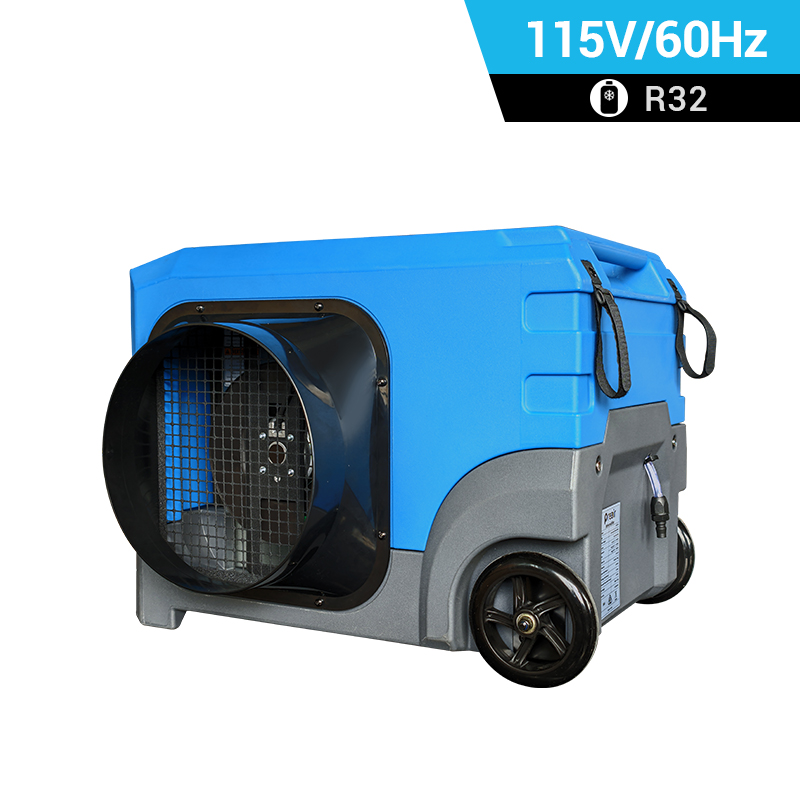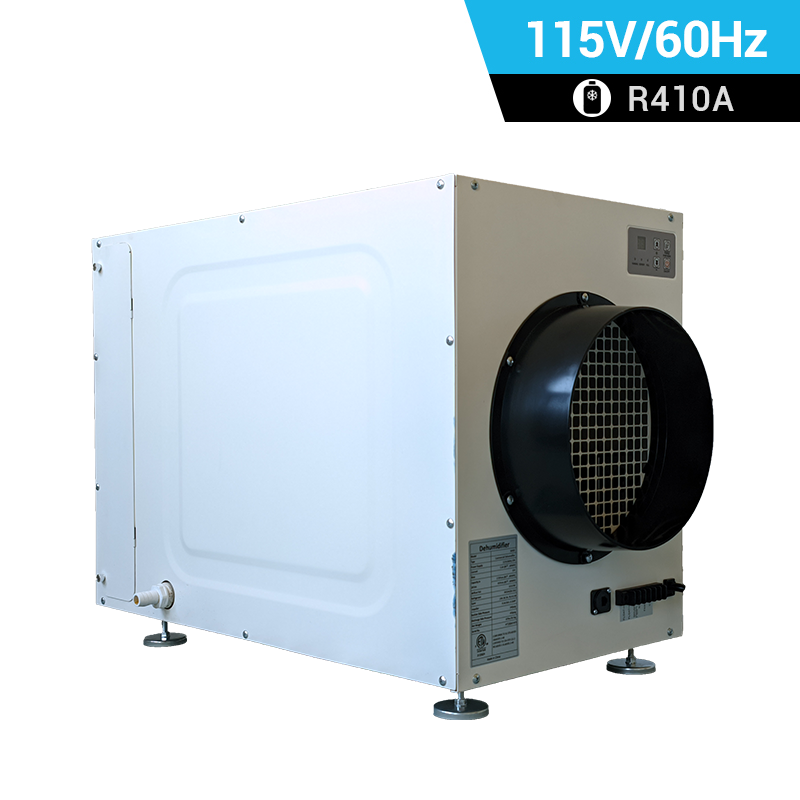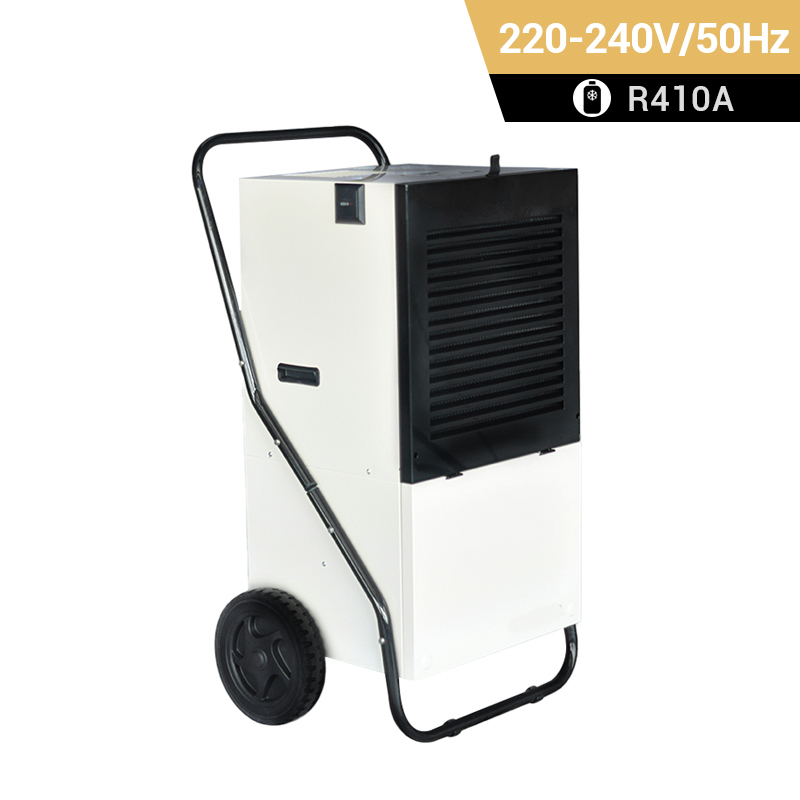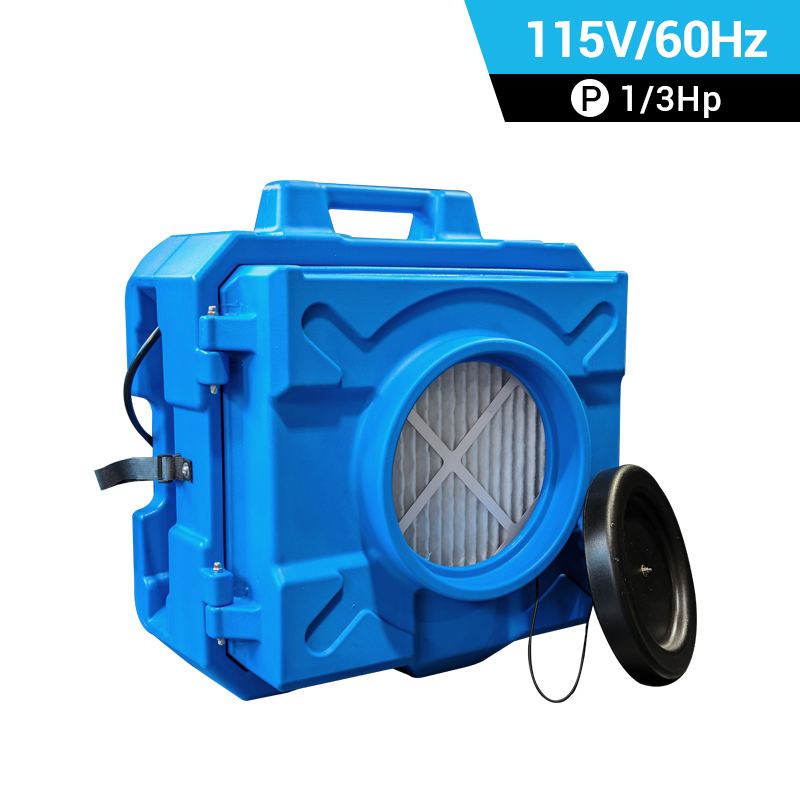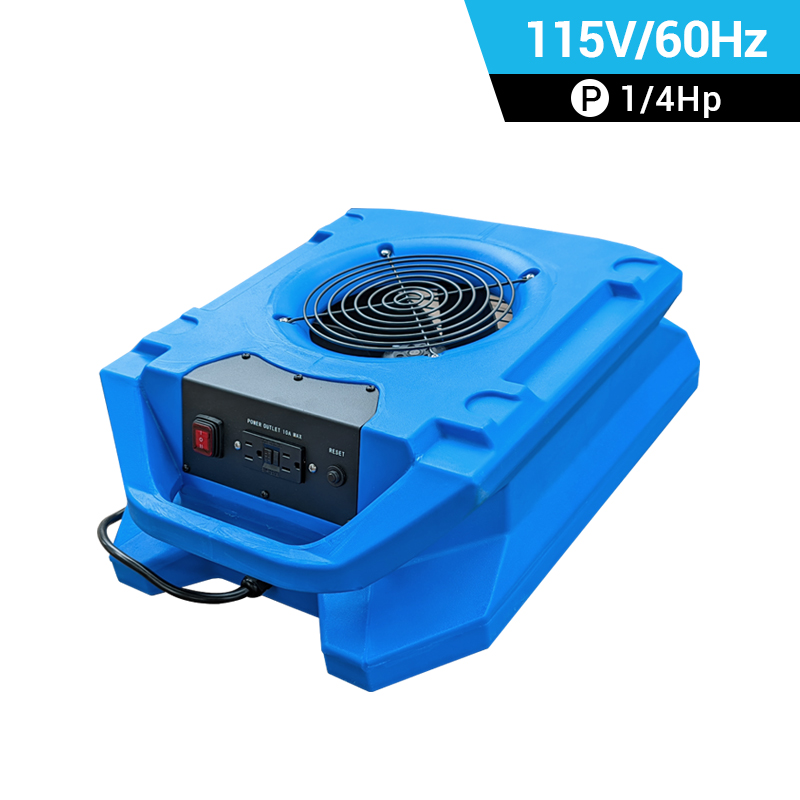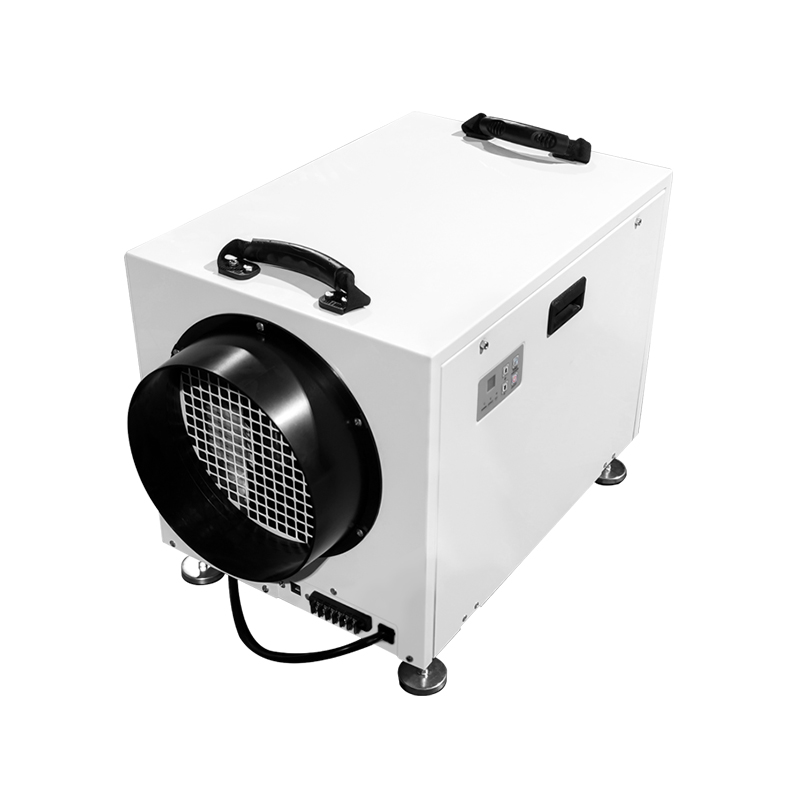Running Dehumidifier In Crawl Space
Users need to choose the right dehumidifier. Look for low-profile or commercial-grade units made specifically for crawl spaces. Choose based on square footage and humidity level (e.g., 50–70 pint/day units for most spaces).
Seal the crawl space first. Install a 6-mil or thicker plastic sheet over the ground to prevent moist air from outside entering. Insulate walls, not the ceiling, to help regulate temp and reduce condensation.
When use the dehumidifier, set proper humidity levels. Target 45–55% relative humidity. Avoid setting it too low (can dry wood excessively or run unit constantly).
Preair WH and HD series of dehumidifiers use gravity drain to channel water outside or into a sump pump. Regularly check that the drain line isn’t clogged or kinked. Set the dehumidifier on cinder blocks or a stable platform to protect from potential water pooling. Leave space around it for airflow (usually at least 6–12 inches). If you want your dehumidifier work steadily, you need to do regular maintenance: Clean the filter monthly. Check for mold or buildup on the unit itself. Monitor for unusual sounds or performance drops. Preair crawl space dehumidifiers support Wi-Fi monitoring or connect to home automation. If your crawl space dips below 60°F regularly, consider a dehumidifier with auto-defrost or one that works in lower temps.
Related Products

Top Selling Products
-

Phone
-

E-mail
-

Facebook
-

Youtube
-

Top







